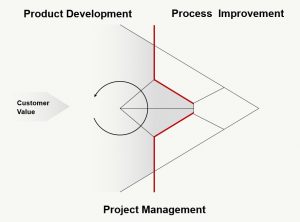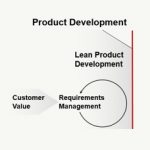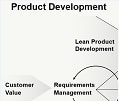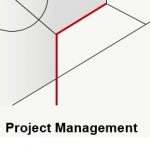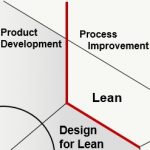
In this article series, we covered several topics in the area of product development and project management. We will now begin to explore process improvement with the topic “Design for Lean”. While design for lean may be a subtopic within product development, it helps us understand operational risks, operational costs, enables operational planning and process improvement.



